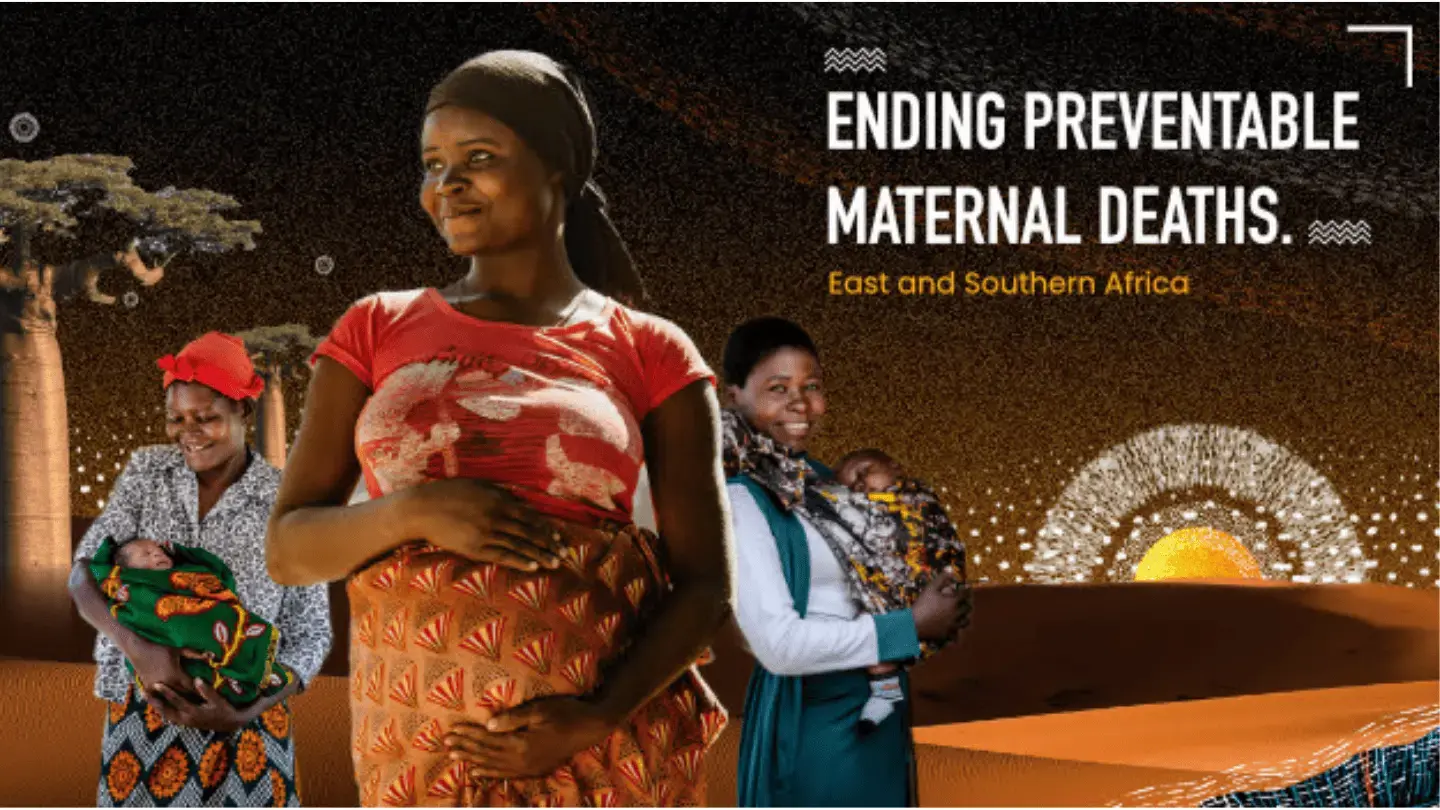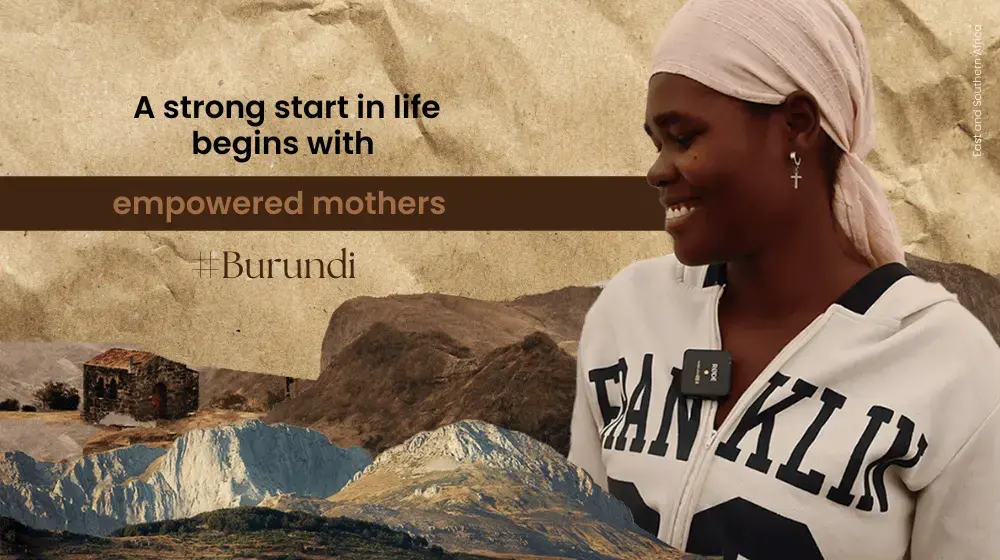About 4.9 million people are in need humanitarian assistance in South Sudan, among them 1.5 million internally displaced persons (IDPs). An estimated 140,000 pregnancies have been projected each year. To date, UNFPA South Sudan has reached 2.8 million people with reproductive health services, 700,000 of them women of reproductive age.
More than 72,000 women have been provided with ANC services. An estimated 12,000 women have had assisted deliveries, and more than 1200 Caesarian sections have been performed. Around 10,500 women and girls have been provided with dignity kits.
Two ambulances acquired to support the referral of expectant mothers with severe pregnancy and labour-related complications were handed over to the Ministry of Health by UNFPA South Sudan, with financial support from the Government of Japan. These will be used to transport women to referral sites and hospitals in Mingkama and Melut.
The risk of sexual violence
An estimated 25,000 women and girls are at risk of sexual violence, which is reported as widespread. About 76 per cent of survivors of sexual violence seen at the Juba Teaching Hospital in the past 4 months have been under the age of 18.
UNFPA has reached 89,000 people (women, girls, men and boys) have been reached with gender-based violence (GBV) prevention messages.
Floods exacerbating conditions
In Bentiu, conditions remain dire due to flooding from heavy rainfall. A drainage system has been put in place to help get rid of the water; however, drainage is slow and most of the tents are still partially submerged in water, putting IDPs at risk of water-borne diseases. Women’s centres that were affected by the recent floods have been repaired and re-opened.
Refugees supported in Uganda
By early October 2014, Uganda had received almost 122,000 South Sudanese refugees, with women making up almost 50 per cent of them. An estimated 3750 deliveries were expected between July and December 2014.
UNFPA Uganda has made notable progress in supporting these refugees. Emergency Reproductive Health (ERH) kits have been delivered to health facilities in Adjumani, Kiryandongo and Arua districts. These include kits for clean delivery, sexually transmitted infections (STIs), clinical delivery assistance, management of miscarriage, suture of tears and vaginal examination, vacuum extraction delivery, referral level including for C/sections, and blood transfusions.
Five medical tents have been distributed to Adjumani, Arua and Kiryandongo districts. These are being used as postnatal wards and for ANC visits in the three districts. A total of 4000 dignity kits have been distributed to target 3750 pregnant women for use after delivery. Ten delivery beds have been supplied to 10 health facilities serving South Sudanese refugees in Adjumani, Kiryandongo and Arua districts.
Among the refugees, almost 1000 pregnant mothers have been identified, of whom 45 women have been referred to a health facility for their first ANC visit. Almost 2000 women have already attended ANC clinics. In September, 326 women were registered for family planning.
Helping refugees in Sudan
Sudan had received just over 100,000 South Sudanese refugees by the end of October 2014. This was expected to rise to an influx of 126,000 by the end of 2014. The month of June saw the highest number of new arrivals – close to 2000 a week. Based on a ‘most likely’ scenario, an additional 144,000 new arrivals are expected in Sudan in 2015. In anticipation of these new arrivals, a new site has been identified in White Nile state.
UNFPA Sudan rehabilitated an ambulance and the provision of assorted emergency RH kits, including 1600 individual clean delivery kits. The supplies were distributed to referral hospitals in White Nile state and primary health care facilities serving South Sudanese settlements. UNFPA Sudan has conducted awareness raising campaigns on GBV prevention and response, targeting local authorities in South Kordufan state. So far, 1700 hygiene kits for women and girls have been distributed in the four relocation sites in White Nile.
Responding to the crisis in Ethiopia
Ethiopia has approximately 644,000 refugees and of these, the South Sudanese refugees make up the largest population group – more than 255,000. This includes almost 190,000 arrivals since the December 2013 outbreak of conflict. It is estimated that the total number of refugees will reach 300,000 to 350,000 by the end of December 2014. Around 80 per cent are women and children.
UNFPA Ethiopia has purchased f our new ambulances which are to be delivered to the refugee camps. Emergency reproductive health kits are already being distributed to the refugee camps and at health facilities in the surrounding host communities. A new batch of 3000 dignity kits has been received in Addis Ababa and is ready to be distributed to target sub-groups among women of reproductive age.
UNFPA in conjunction with its partners is organizing capacity-building training, including Basic Emergency Obstetric Neonatal Care, clinical management of rape survivors, infection prevention control and MISP.
Assisting refugees in Kenya
In Kenya, more than 43,000 South Sudanese refugees have arrived at Kakuma Refugee Camp, which is where most South Sudanese are located. Women and children account for over 70 per cent.
UNFPA Kenya is providing sexual and reproductive health (SRH) services in designated health facilities at Kakuma refugee camps as well as through community outreach efforts. UNFPA Kenya is to scale up support for SRH in Kakuma refugee camp, with an even stronger focus on the response to and prevention of GBV.
The SGBV (sexual and gender-based violence) Prevention and Response Programme in Kakuma refugee camp and the host community, Turkana County, aims to reach 20,000 women and girls directly and 80,000 people indirectly. This will focus on the provision of comprehensive access to quality care and treatment services for survivors of SGBV, including psychosocial support; increased community capacity for SGBV awareness in prevention and recovery; and a protective environment for women and girls in order to reduce vulnerability to SGBV.




